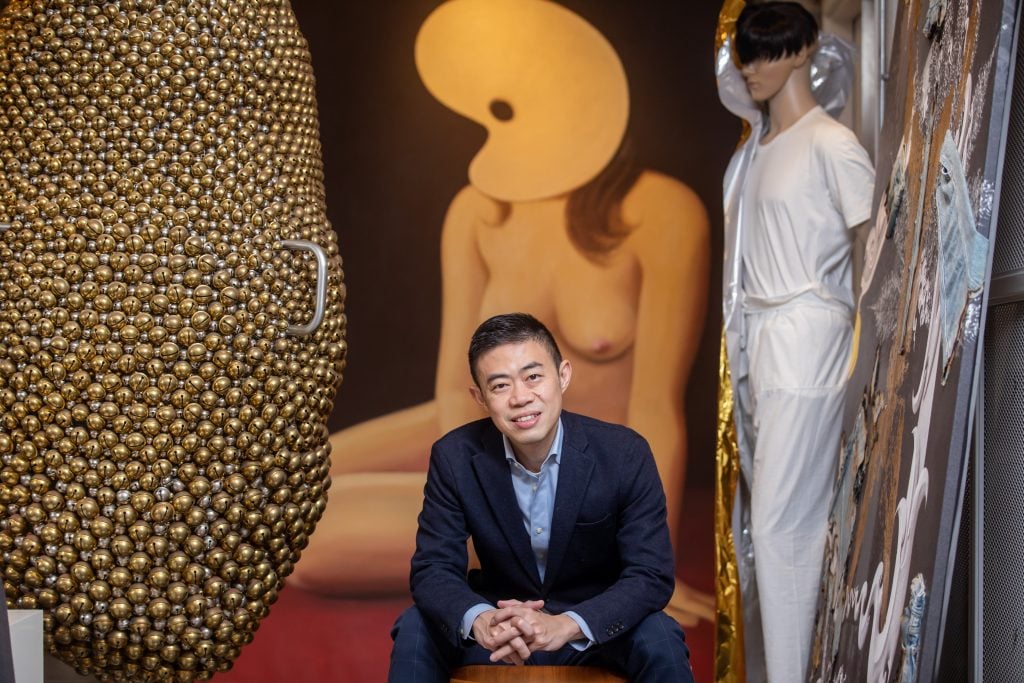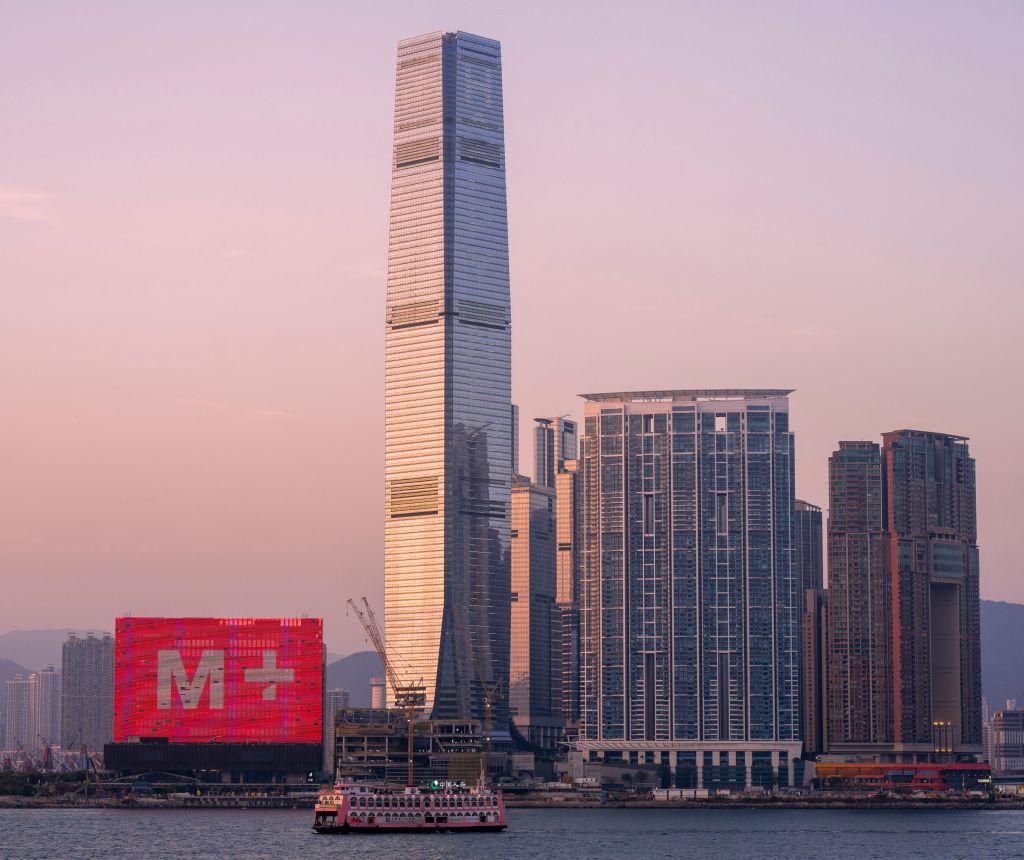Market
Museum Patron Alan Lau on Hong Kong’s Unique Role in the Art Ecosystem
The fintech executive says that Asian cities should not 'pitch themselves against each other.’

The fintech executive says that Asian cities should not 'pitch themselves against each other.’

Alan Lau

The View From is excerpted from The Asia Pivot, Artnet Pro’s biweekly members-only newsletter providing mission-critical analysis, insights, and exclusive intelligence on developments in Asia’s art markets, with a focus on business opportunities and challenges. Subscribe here to receive it directly to your inbox.
Fintech exec Alan Lau is a well-known art collector and patron from Hong Kong. He serves as the vice-chair of M+ museum as well as the co-chair of both the Tate Asia Pacific Acquisition Committee and the Guggenheim’s Asian Art Circle. He is also the chair of the Hong Kong nonprofit art space Para Site.
The question of whether Hong Kong is still the art hub of Asia has been asked many times over the last few years. Now, I would say for sure that Hong Kong will still be the biggest art market, and Art Basel Hong Kong will remain as the most important fair in the region.
We have seen how other cities in Asia have attempted to step up their game over the past few years since Covid. We have been discussing how Kyoto is experimenting with a new model through Art Collaboration Kyoto. Seoul was a lot of fun and it was not just because of Frieze Seoul; it was how it managed to bring culture, art, capital, and technology altogether, in a way that Hong Kong, New York, or Los Angeles can’t manage to do. The recent Art SG presented itself as an opportunity for the discovery of new artists and galleries, and the sense of community in Singapore and Southeast Asia is getting stronger.
But clearly, from the perspective of a center of gravity and buying power, Hong Kong is where people want to go, because people think that Hong Kong is still the place. It’s a chicken-and-egg situation. Galleries may be a bit more conservative when considering what works to bring to other fairs. Therefore, people realize: If I want a certain caliber of work, I still need to go to Hong Kong. There’s a little feedback loop going on. And I do think people still bring good stuff to Hong Kong. There are also the tax-free benefits that we always talk about. From the market point of view, Hong Kong is still the undisputed leader.

Lau is vice-chair of the M+ museum in Hong Kong, seen at left. Photo by Bob Henry/UCG/Universal Images Group via Getty Images
Who will show up next week during Art Basel Hong Kong, however, might be a little bit different, given how the economy has changed in the region over the past few years. Last year we saw a lot of Korean collectors coming, and I’ve heard that a significant number of them will still be coming this time. We’ve always had a decent presence of Southeast Asian collectors and I think they’ve become a bigger force. I certainly feel that the communities are growing, the buying power is growing, and people are more active, whether they come from Singapore, Manila, or Bangkok. Mainland Chinese collectors will be coming for sure, but there might be less buying from them, given where things are.
What will be really interesting is how many non-Asian collectors will come this year. Signups from patrons of the two museum committees that I’m involved with to visit Hong Kong are good. There’s also the International Cultural Summit, which will see a lot of curators from major institutions coming in. The number of galleries showing at the fair is also back to the pre-pandemic level, and many foreign galleries that could not join last year are returning next week.
Looking at the region’s development, I don’t think these Asian cities should pitch themselves against each other. Each of them has different offerings. It’s like having different cuisines. The ingredients are probably the same, but each has a distinctive taste because they are all done differently.
That, of course, is a collector’s point of view. It’s easier for me to say that there isn’t competition among them. I can go to multiple fairs a year, but it’s much harder for the trade and the galleries. For them, it’s a competition for resources, and whether an art fair can sell matters a lot to them. It is also about attention, and the art fair business is another kind of attention economy.
—as told to Vivienne Chow. This article was originally published in The Asia Pivot on March 21, 2024.